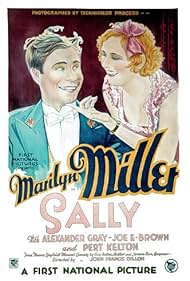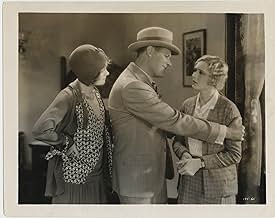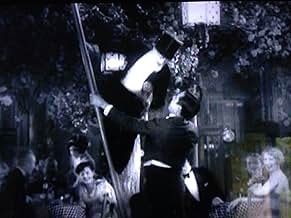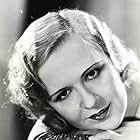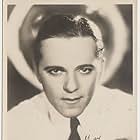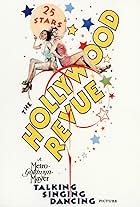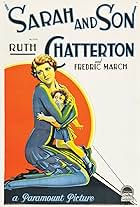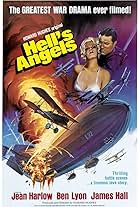Sally was made at the very end of 1929, and it is impressive to see how far sound technology has come in just one year. Although this film still used the Vitaphone sound on disc system that usually resulted in very static scenes, Sally has a high amount of fluid motion present that is uncharacteristic for a film made at this time. Sally's film elements are in somewhat shaggy shape, as is true of many of the early talking First National films. However, it is a very good and rare record of the singing, dancing, and even acting talents of Marilyn Miller and a very good musical in its own rights.
The story is adapted from the Ziegfeld show of the same name. It is about Sally Green (Marilyn Miller), an orphaned girl who waitresses and cooks in a diner for a living, but dreams of being a professional dancer. In fact, the very first shots of the film are of Miller's feet as she dances while she works. She also has an admirer (Alexander Grey) who stares at her from outside the café where she works, causing her to get so enthralled in his gaze one day that she inadvertently makes the world's largest pancake. Sally is basically a Cinderella story, and a charming one at that. There is no evil stepmother in this fairy tale, however, so you can just sit back and enjoy this light romantic comedy and its beautiful musical numbers. The romance is provided by Alexander Gray and Marilyn Miller, and the comedy is mainly provided by Joe E. Brown. Brown plays a prince made penniless by a revolution in his country of origin who now works at the restaurant with Sally and is also her good friend. One of the most delightful scenes in the film is where the two dance to "Look for the Silver Lining" with Miller doing her more formal interpretation alongside Brown's eccentric dancing.
Someone else compared Marilyn Miller to Irene Dunne, and there is one scene where that is particularly true. An agent has a famous dancer client who has run out on him the night before she is to perform at a big society party. Sally helps him out by impersonating that dancer complete with a ridiculous accent and an outlandish headdress. This comedy bit very much reminded me of something Irene Dunne would do.
The film was originally shot in two-strip Technicolor, but only one color scene still exists. That one scene is Miller dancing to "Wild Rose" at a society party, and the colors there are truly splendid. As soon as the Technicolor kicks in, for some reason, so does a higher quality level on the sound. Highly recommended for the fans of the early talkie musicals.
